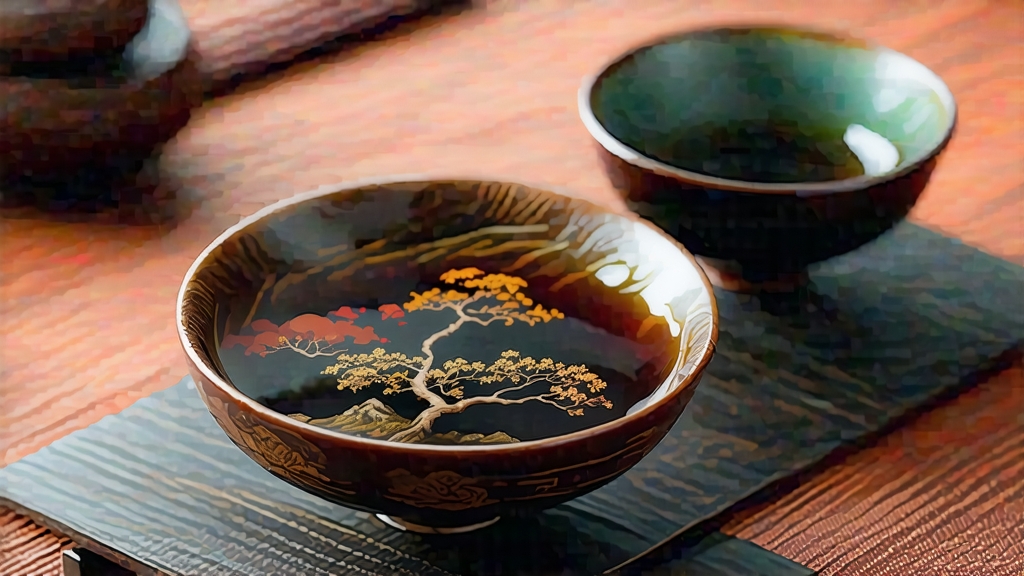
Rising from the fog-capped ridges of Phoenix Mountain in northern Guangdong, Phoenix Dancong—literally “single-bush phoenix”—is one of China’s most aromatically flamboyant oolongs. Unlike blended teas, each Dancong is picked from an individually numbered ancient tree, some over 600 years old, whose roots have tapped the mineral heart of weathered granite for centuries. The result is a leaf that carries the scent of the mountain itself: orchid, peach kernel, almond blossom, ginger flower, or even fresh-cut mango, depending on the mother tree’s genetic drift and the microclimate it inhabits.
Historical records trace Dancong back to the Song dynasty (960-1279), when imperial envoys first praised its “honeyed mountain air” and local She ethnic minority farmers began grafting selected branches onto seed-grown rootstock. By the Ming, the tea had earned the tribute name “Song Zhong” (Song cultivar), and Qing-era merchants shipped it down the Meiguan Post Road to Canton’s foreign hongs, where European buyers christened it “Chinese aromatic” and paid silver by weight. The 1980s saw a renaissance: government agronomists mapped 3,700 individual mother trees, classified their fragrances into ten canonical aroma types, and taught charcoal masters to revive slow baking techniques that had nearly vanished during the twentieth-century wars.
Today the Phoenix Dancong family is botanically identified as Camellia sinensis var. sinensis f. dancong, but connoisseurs divide it by scent rather than chemistry. The ten official fragrances are: Huangzhi Xiang (orange blossom), Xingren Xiang (almond), Zhilan Xiang (orchid), Yulan Xiang (magnolia), Meizhan Xiang (bay leaf), Youhua Xiang (pomelo flower), Ruxiang Xiang (milk), Jianghua Xiang (ginger lily), Guihua Xiang (osmanthus), and the legendary “Song Zhong” itself, a layered perfume that shifts from lychee to wet stone as the cup cools. Each fragrance is locked into the leaf’s epidermis; it cannot be added or faked, only coaxed out by meticulous craft.
Craft begins in the cool dawn of late April, when two leaves and a bud are plucked from the designated tree. The pluckers climb vertical granite paths, baskets on their backs, singing call-and-response She songs that mark time better than watches. Leaves are immediately wilted on bamboo trays set in mountain shade; the goal is to lose 10 % moisture while letting mountain yeasts alight. Once the edges feel parchment-dry, the leaf is shaken—wu-dao, “dancing tea”—in round rattan sieves. Thirty minutes of rhythmic tossing bruises the margins just enough to liberate enzymes without crushing the vein; oxidation here is edge-only, 20-30 %, the hallmark of oolong.
Firing follows, first with 200 °C drum dryers that halt oxidation, then the defining charcoal finish. In Phoenix, only longan-wood embers are deemed gentle enough. The tea is spread on hemp cloth two inches above ash-covered coals for six to ten hours, depending on the tree’s personality. Masters listen for the whisper of evaporating water, smell for the moment when orchid transforms into roasted stone fruit, and touch the leaf to judge residual heat. A final 60-day “cooling back” in earthen jars allows charcoal qi to settle; impatient drinkers who brew too early often complain of smoky astringency that true age softens into marzipan sweetness.
Brewing Phoenix Dancong is theater best staged in a white porcelain gaiwan. Three grams of twisted, dark-iron strips—each one a fingerprint of the mother tree—are rinsed with 95 °C water for three seconds; the first pour is discarded to awaken the leaf. The second infusion, fifteen seconds, releases a liquor the color of late-afternoon sunlight on sandstone. Bring the cup to the nose: top notes are high and bright, like walking into a Guangzhou flower market at dawn. Sip with the front of the tongue, let the liquid pool behind the lower teeth, then breathe through the nose; a second wave of aroma rises retro-nasally, often revealing a fruit you cannot quite name.
Subsequent infusions lengthen by five-second increments; a premium Dancong yields eight to ten steeps, each one sliding along a parabola from floral to fruity to mineral,